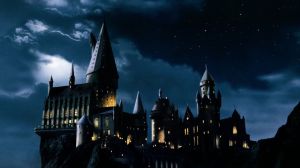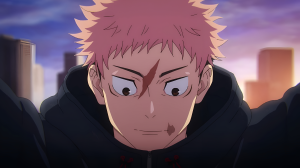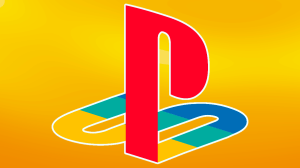
There was only one thing I did not like when reading Jonna and the Unpossible Monsters #1 for the first, second, third, and fourth time: The anticipation of criticism that this comic book does not contain sufficient substance. Decades of dense storytelling with blankets of narrative captions and dialogue have given readers a sense that a comics’ story is told with words; Jonna and the Unpossible Monsters disabuses us of that notion. It is a masterclass in visual storytelling that invites readers to revel in pages without a single word balloon and to take in its moments again and again. Even the old cynical eyes of this critic were left gleaming as this first issue reminded me how to read this incredible medium called comics.
Videos by ComicBook.com
Chris and Laura Samnee have developed a world that encourages readers to explore. The opening pages explore the environment is a collection of panels rich with detail. Without a single word being spoken readers learn about a paradise filled with verdant mountains and diverse flora. The architecture, geography, and wildlife all inform a clear sense of understanding about this fantastical geography and prepares a stark contrast for the comics’ final page.

As instantly beautiful as this world may be, it’s the people who populate it that form the comics’ real hook. Jonna and Rainbow are the young sisters who the plot hinges upon and they play into a classic dynamic of impossibly different siblings. Jonna is the wild child seemingly without fear and Rainbow is a meticulous planner, dedicated to serving the task at hand. Their identities are informed as much in how they move through the page as what they say and do. Jonna’s pages present angled panels and with an abundance of embedded (and magnificently conceived) sound effects. Rainbow’s packing sequence is neatly laid out in six equally-sized panels. With nary a word spoken readers know who these young women are and are, in turn, led to care about their journeys.
Jonna and the Unpossible Monsters defies attempts to explain its plot, not because the plot is inexplicable, but because to explain it would remove the act of discovery from the reading experience. At no point in the first issue are the core conflicts stated, instead they are revealed to readers who bear witness to changes and events. There is a clear climax that splits this issue into two halves and colorist Matthew Wilson does spectacular work in differentiating these two distinct settings to portray a critical problem. Snippets of dialogue help provide this same sort of flavor, showing readers what must be addressed rather than simply telling them.

While there are great conflicts to be conquered and uncertainty looms, that tone does not define Jonna and the Unpossible Monsters #1. Even when faced with great strife, Rainbow portrays a sense of belief in future possibilities. Optimism infuses even the darkest threads of this plot, a durable form of optimism that recognizes hardship as a cause to believe things can be made better. It is that sense of possibility that is central to both of these dramatically different sisters as they move through a world filled with enormous (some would say unpossible) monsters and cataclysm.
Jonna and the Unpossible Monsters reminded me how to read comics and, perhaps more importantly, why I read comics. The medium unlocks the endless possibilities of imagination bringing impossible characters, settings, and adventures to life in vivid fashion. Brilliantly rendered visuals and elegant designs detail the story, while crystalline layouts tell the story in a subtly powerful fashion. Only in comics could such a short span of space (i.e. 22 pages) provide readers with so much information and immerse them in this new landscape and lives. The penultimate page of the issue shows Rainbow peeling back the flap of a tent and it opens to connect with the gutters beyond in an endless white void. It invites readers to continue reading this form with endless possibilities and invites them as if to say, “Let’s go exploring.”
Published by Oni Press
On March 3, 2021
Written by Chris Samnee and Laura Samnee
Art by Chris Samnee
Colors by Matthew Wilson
Letters by Crank!
Cover by Chris Samnee and Matthew Wilson








